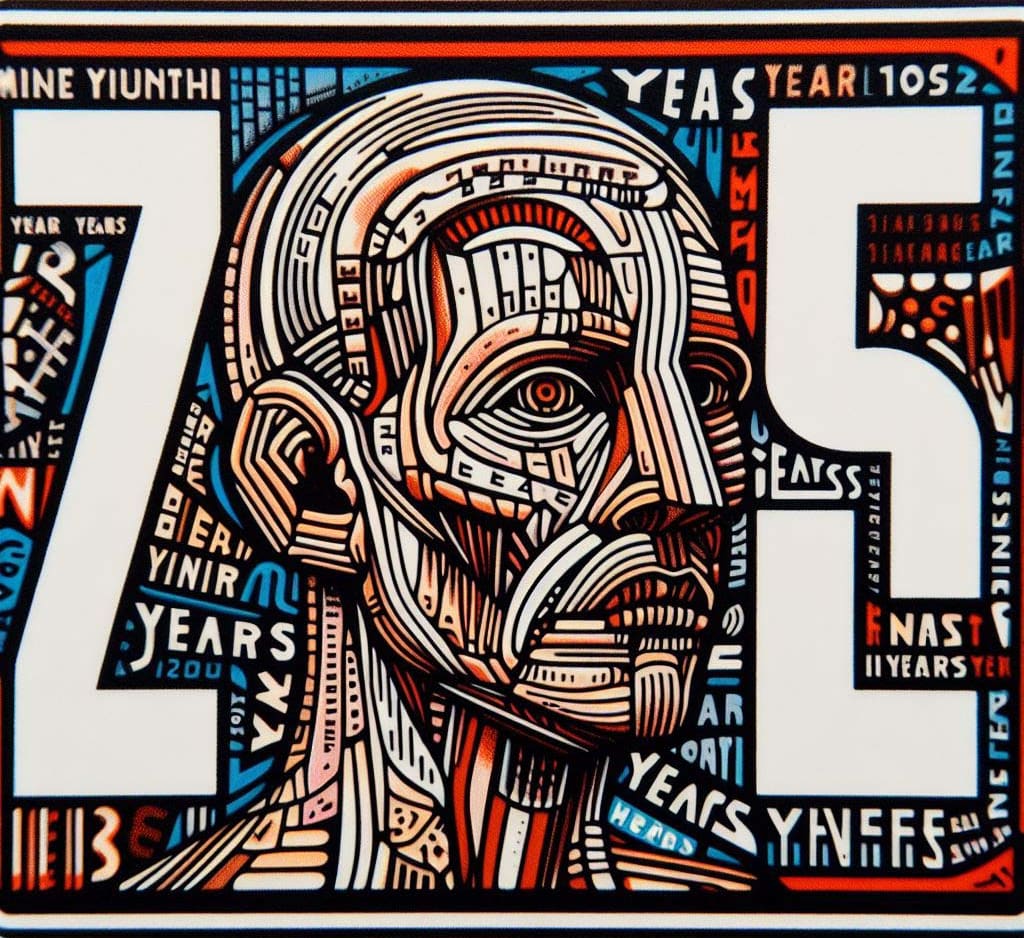
Years
It is 2056. The air is crammed with strung-out anticipation and not a moment goes by that does not foreshadow the demise of an eleven-billion-strong species. Environmental warfare spreads by plants; insect-machine hybrids carrying diseases designed to infect specific racial and ethnic groups via targeted DNA sequencing; volatile weather systems; all meld in this ecology of collapse. The existing hierarchy of the earth’s species is set to enter an irreversible flux. With corporations wielding economic and military power equivalent to that of Nation states, mergers start occurring, and it is not so long before the global ,ap is reconfigured by CorpoNations. (289)
Toby Heys, ‘Pain @amp economics’ in In Unsound : Undead, Goodman, Heys, and Ikoniadou (eds).
How to make sense and live best within end-of-days time, within eschatological time, within the ‘future fucked’?
In a humanosphere where any kind of optimism is at best denial at worst a cynical indulgence, maybe instead we can focus on moments of hope.
Not hope that things will be better or different, a sentimental hope, but the sense at an affective level that there are spaces within spaces, potentials still inherent within what seems locked, captured, and closed.
Hope as affirmation of potentials. Hope as affirmation of potentials. I know, we’re repeating it, but it bears hearing it a few times.
Mixing criticality with fugitivity, affirmations of difference, of new things, of creations. The value of art in the midst of a seemingly unyielding bend towards the necrogeopolitical.
As Zepke reminds us in his reading of Deleuze, Guattari, and aesthetics, a mode of beatitude, of seeking pure time (Aion) within metrical time (Chronos), the infinite within the finite:
‘ethical-aesthetics transforms my relations into a question of art, it challenges me to experiment with joy in order to create commons notions which connect me to the world’ (75). Zepke, Art as Abstract Machine.
(From 4. Surrealist Sorries, Remedios Varo, Mexico City, 1960)
I regret the paintings I never painted:
In ‘The Harpsichord’, the masterpiece I never conceived Nature of fire, the woman rises
from a thousand graves
whispering in kindling voice lighting flame
across a range of clouds, or perhaps mountains
Her face, a sweet and rosy affair, barely disguises
the skull underneath which surges to the surface
Avenging angel, Lord almighty
come to smite the smooth wall facing her down
under its surface, which we can’t see but only imagine:
a nest of eyes, accusatory, rageful: the eye of the patriarchs
come from deep burrows and lairs.
The instrument in her hands a harp of some kind
come from angels, but also maybe a factory or a bar
is unstrung, strings broken and curled back
It no longer makes sound but instead
pierces the eyes, blinding them gently and with love
As the burrow diggers scream and sink back into the ground, sightless: ‘Kill, fly faster, love to your heart’s content’ she calls, bitter and proud.